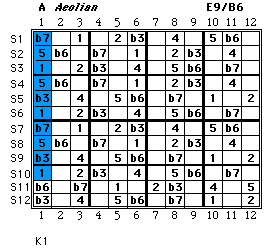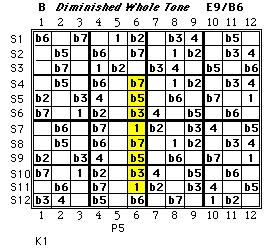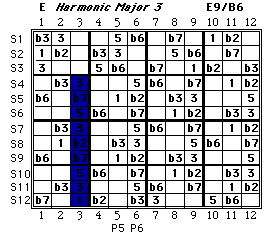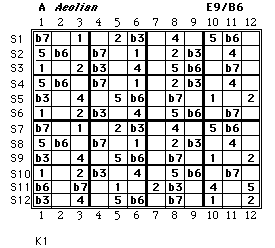|
I set up Band In A Box or some similar program to play
the changes over and over. Following the charts on paper worked but
the computer really made the difference. I've created Quicktime
Movies that you can download that shows this in action. I have them
in both Mac & PC versions. The Mac versions are Stuffed and the PC versions
are Zipped. Mac users need Stuffit & Pc users need ZipIt. These movies
are stand-alone applications that you can play right at your computer
once you've downloaded them.
C6th Movie for Mac (590k)
This is the pedal set up for the Universal. 
|





